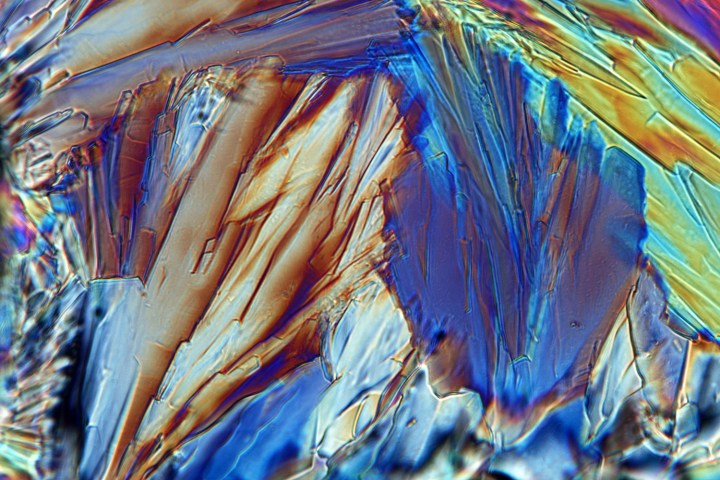
For instance, consider the way that bits operate in a traditional computer. It’s possible to send one bit to multiple gates at the same time, or use a logical AND gate to combine two bits into one value. However, this isn’t the case when it comes to quantum bits, better known as qubits.
Qubits are very delicate, and altogether rather difficult to work with. Classical gates create a new bit based on the input they receive, but quantum gates can’t create a new qubit outright. Instead, qubits need to be initialized at the start of a computation, then stored safely until they are needed.
This is where a new paper published by a group of researchers from the University of Geneva comes in. It outlines a method of storing multiple qubits, which can be put in place at different times and still be accessible, utilizing the structure of an imperfect crystal.
A qubit is spread across all the atoms in a crystal, which makes it more difficult for its state to be disrupted, according to a report from Ars Technica. However, the drawback to this technique is that only one qubit can be stored at any given time, under normal circumstances.
Fortunately, the researchers have a solution — ions are applied to the crystal that shift it between three distinct states; the ground state, the storage state, and the excited state. Starting in the ground state, a photon (the qubit) is fired at the crystal and sends a single ion to the excited state.
However, the structure of the crystal means that all the ions have a chance of absorbing the photon, so it’s stored across the full gamut of ions. The ion that was in the excited state emits a slightly redder photon and enters the storage state, confirming that the qubit is in storage. To retrieve the information, a laser is applied to the crystal.
Here’s where the imperfect nature of a crystal’s structure comes into play. Ions are separated into several different populations that cycle between a maximum and minimum energy level near to that of the normal excited state. Different populations cycle at different rates, so with the proper timing, the laser can read one of several different qubits.
There is plenty more research to be done before this technique can be implemented in practice — but if it’s fruitful, this could be a real game changer for the field.


